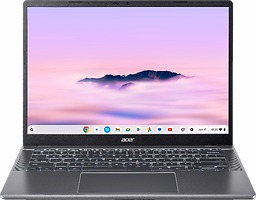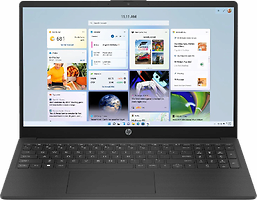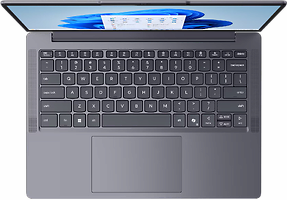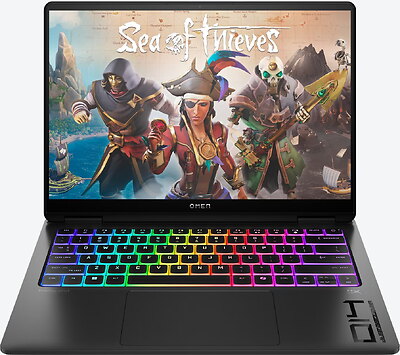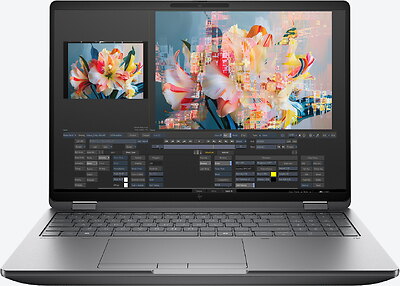Gaming Laptops
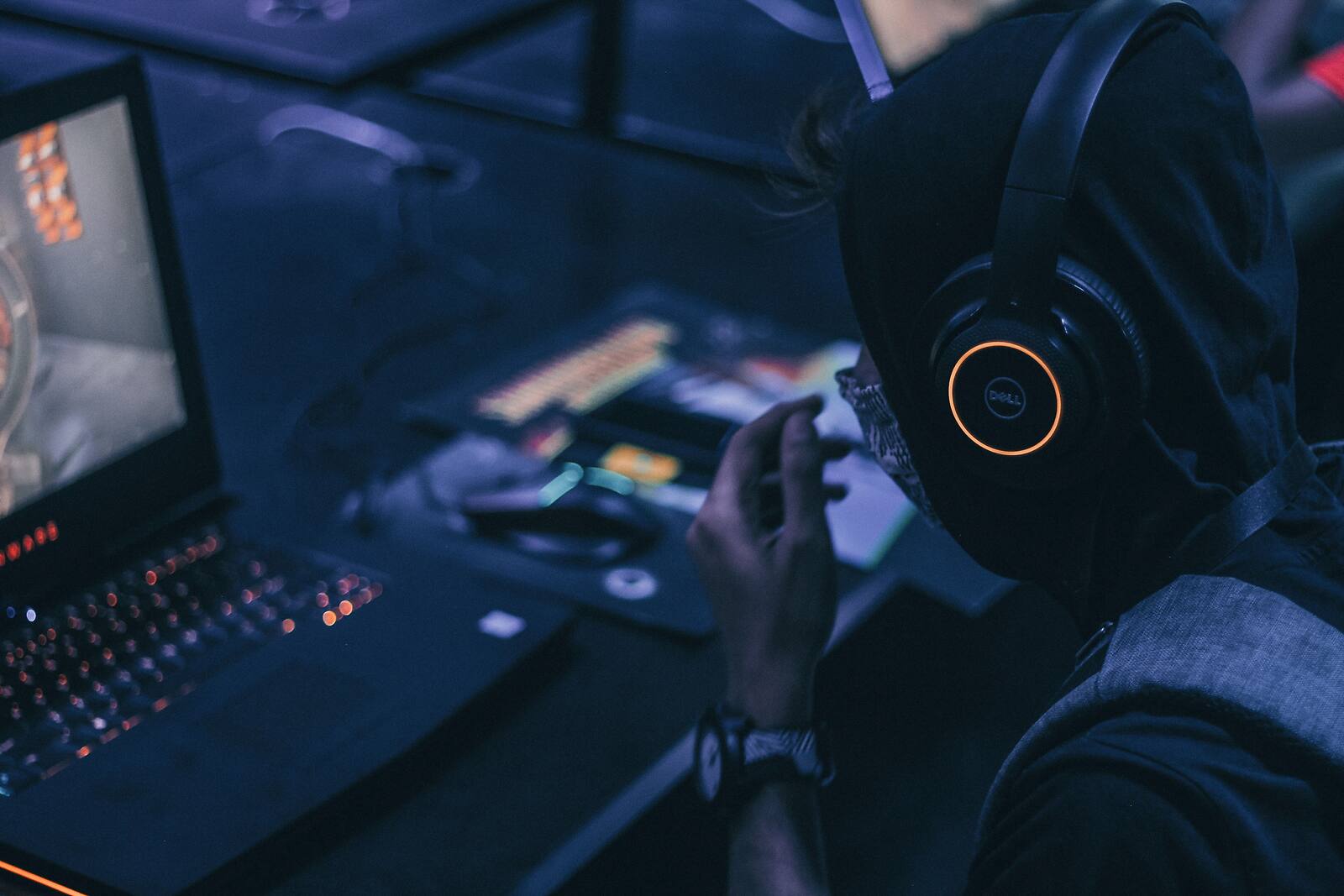 © Unsplash
© Unsplash- What makes a gaming laptop? Graphics power!
- How portable do you want your new laptop to be?
- Fluent displays from Full-HD to 4K resolution
- Important considerations for porcessors and memory
- Solid state drives in gaming laptops
Top 3 Gaming Laptops
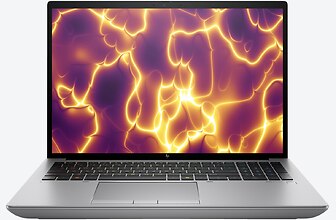 |  |  |
|---|---|---|
| HP ZBook Fury 16 G11 (98L15ET) | HP ZBook Fury 16 G10 (62V64EA) | HP ZBook Fury 16 G10 (62V60EA) |
| £1.506,00 | £3.234,00 | £2.106,00 |
| The IT Bay, incl. Shipping, Retailer details: — Last lowest price in 30 days in our price comparison: 1.506,00 € | The IT Bay, incl. Shipping, Retailer details: — Last lowest price in 30 days in our price comparison: 3.234,00 € | The IT Bay, incl. Shipping, Retailer details: — Last lowest price in 30 days in our price comparison: 2.106,00 € |
| 16" IPS, display, anti-glare, ips, micro-edge, uwva (1920 x 1200, WUXGA, 60 Hz) | 16" IPS, display, anti-glare, ips, low blue light, uwva, srgb (1920 x 1200, WUXGA, 60 Hz) | 16" IPS, display, anti-glare, ips, low blue light, uwva, srgb (1920 x 1200, WUXGA, 60 Hz) |
| Intel Core i7-14700HX / 1,5 GHz (20 Cores) | Intel Core i9-13950HX / 1,6 GHz (24 Cores) | Intel Core i7-13700HX / 1,5 GHz (16 Cores) |
| NVIDIA RTX 1000 Ada (6 GB) | NVIDIA RTX 4000 Ada - 12GB (12 GB) | NVIDIA RTX A2000 - 8GB (8 GB) |
| 32 GB RAM (DDR5 - 5600 MHZ) | 32 GB RAM (DDR5 - 5600 MHZ) | 32 GB RAM (DDR5 - 5600 MHZ) |
| 1 TB SSD | 1 TB SSD | 1 TB SSD |
| 2,4 kg | 2,4 kg | 2,4 kg |
| - | - | - |
What makes a gaming laptop? Graphics power!
Gaming requires graphics performance, so the graphics card (GPU) is one of the components you need to pay particular attention to when buying a gaming laptop. The manufacturer NVIDIA has occupied the top position for years, at least in the mobile high-end sector, and is virtually unrivalled. The following rule of thumb applies to the chip manufacturer: as soon as you see the "GeForce GTX" or "GeForce RTX" label, you can be pretty sure that you have found a gaming laptop. Current gaming models with NVIDIA graphics units usually start at around 800 pounds. Laptops with older graphics cards can sometimes slip below this - so bargain hunters should keep their eyes open.
Popular Gaming Laptop:
How portable do you want your new laptop to be?
Before ordering, you consider what exactly you'll be using your gaming laptop for. A few components such as SSDs or RAM can often be upgraded later, but you should carefully consider the size of your new machine. Will you only use your gaming laptop at home or will it rarely change location? If so, you can confidently opt for a display diameter of 17 inches. This is generally the largest screen you can find in the market. Gamers who travel a lot but still don't want to do without a desktop-like feel will certainly find what they're looking for here.
Popular 17-inch Gaming Laptop:
Show all 17-inch Gaming Laptops
But gaming laptops are also available in the slim and ultra-portable segment. 13- and 14-inch laptops that can keep up with the big ones thanks to gaming graphics and powerful processors. Portable, longer battery life and equipped with plenty of gaming performance - you can easily fit these laptops in your backpack and carry them to university or the office every day. This mixture is not cheap, and most of these machines are high-quality compact gamers.
Popular 13/14-inch Gaming Laptop:
Show all 13/14-inch Gaming Laptops
And then there is the popular laptop form factor with a 15.6-inch screen diagonal for gaming. If you want to get the maximum power here, you will pay a little more than for comparable larger 17.3-inch devices. In return, the possibilities are virtually endless. The 17-inch devices generally do not achieve the ultra-smooth refresh rates. In addition, higher resolution on smaller screens logically results in higher pixel densities, which means that no pixel is visible to the human eye. The high demand for 15-inch models determines the wide range on offer: from entry-level models to premium models, there are representatives of all kinds in this size range.
Popular 15-inch Gaming Laptop:
Show all 15-inch Gaming Laptops
Fluent displays from Full-HD to 4K resolution
There is a wide variety of gaming laptop screens. The resolutions range from Full HD (1,920 x 1,080 pixels) to Quad HD (2,560 x 1,440) and 4K resolution (3,840 x 2,160). The standard refresh rate is 60 Hz, but faster panels with 144 Hz (which are particularly suitable for competitive and fast-paced shooters such as PUBG, Fortnite, Overwatch, Valorant or CS:GO) are also affordable. The limit is 240 Hz, which is mainly used in 15-inch devices. Shooters are less about visuals and more about precision and speed, so you can enjoy the high frame rates even with hardware that is not at the top of the range.
Not only games, but also image and video editing look brilliant on these panels. Sometimes they even come with a touchscreen. This is not necessarily that exciting for gamers, but it expands the possible uses of your laptop. Unfortunately, this gimmick is also noticeable in terms of price, so you should consider this decision carefully beforehand.
Popular Gaming Laptop with 4K-resolution:
Important considerations for porcessors and memory
The rest of the hardware, apart from the graphics card and the display, is basically standardized for gaming laptops. When it comes to the processor (CPU), you get at least eight to ten processor cores from AMD and Intel. However, most gaming laptops already sport a twelve-core (Dodeca core) CPU from the Intel Core i7 series. With more cores, you get even more performance. You often have the option of upgrading the RAM later. The speed doesn't play a major role here, what's important is the capacity: eight gigabytes of RAM is enough in an emergency but we don't recommend it. With 16 GB you are on the safe side. Anything above 32 GB is considered high-end. From then on, you could run Adobe Photoshop, even while you start a game.
Fully equipped Gaming Laptop:
Show all fully equipped Gaming Laptops
Solid state drives in gaming laptops
There is a similar scheme for the solid state drive (SSD). You shouldn't buy a laptop without this fast storage. A rarity for gaming laptops anyway but be careful to consider that with only 128 GB storage you won't be able to enjoy your new machine for long. With 256 GB, there is usually enough space for the operating system and selected games or programs. With 500 GB SSD memory, you have a little more leeway here and that's why we recommend that as a minimum. You can sit back and relax with 1 TB or more. This provides enough storage capacity for your games and even your own gameplay videos.
Many gaming laptops use an M.2 slot for the SSD and can also accommodate an additional 2.5-inch disk. Both the M.2 slot and 2.5-inch drives can usually be easily replaced, which does not necessarily require specialist knowledge, but at least a certain degree of dexterity.
You should be able to find have your new gaming laptop among our favorites. Size, price, performance - if you have very specific wishes, simply use our configurator. Let the games begin!

